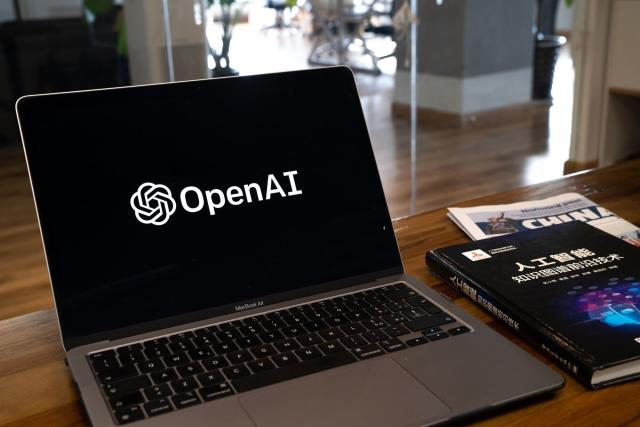A technology being developed by OpenAI will accurately and efficiently identify photographs produced by its Dall-E 3 artificial intelligence platform.

The creator of the well-known chatbot ChatGPT and the picture generator DALL-E, Mira Murati, stated on Tuesday the newly released OpenAI tool is 99% accurate. She stated that it is undergoing internal testing before a scheduled public release but did not provide a time frame.
While both CEOs were at Laguna Beach, the Wall Street Journal, California, for the Tech Live event, Murati appeared together with OpenAI CEO Sam Altman.
There are currently a few tools available, however, they may not accurately identify photographs or other information created by Artificial Intelligence (AI).
OpenAI created an identical tool in January that was meant to identify language that was generated by AI, but it was cancelled in July due to its reliability issues. The business claimed it was devoted to finding techniques to determine whether audio or visual media had been produced using AI as well as to upgrading that software.
Given that artificial intelligence (AI) technologies may be used to modify or manufacture news coverage on major world events, the necessity for such detection systems is only increasing in relevance. Another part of the problem is addressed by Adobe Inc.’s Firefly image creator, which guarantees not to produce anything that violates the artists’ intellectual property rights.
The OpenAI leaders also provided some information on Tuesday on the artificial intelligence model that would come after GPT-4. OpenAI applied for a “GPT-5” trademark with the United States Patent and Trademark Office in July, even though the firm hasn’t officially announced what the successor model to GPT-4 may be named.
Chatbots like ChatGPT, which employs GPT-4 and a previous model, GPT-3.5, have a tendency to fabricate information, a condition known as hallucination. When asked if a GPT-5 model would be less likely to do this, Murati replied with a Maybe.
she also stated that they would see that. for now, they’ve made significant improvements with GPT-4 in the hallucinatory area, but they’re still not exactly where they need to be, she added.
Altman also discussed the potential that OpenAI would create its computer chips instead of relying on those made by firms like Nvidia Corp., the industry-leading firm at the moment, to train and run its artificial intelligence models.

I am a student pursuing my bachelor’s in information technology. I have a interest in writing so, I am working a freelance content writer because I enjoy writing. I also write poetries. I believe in the quote by anne frank “paper has more patience than person